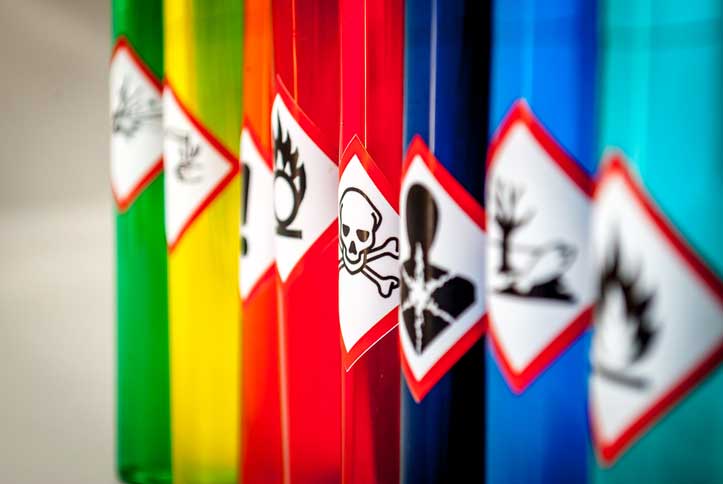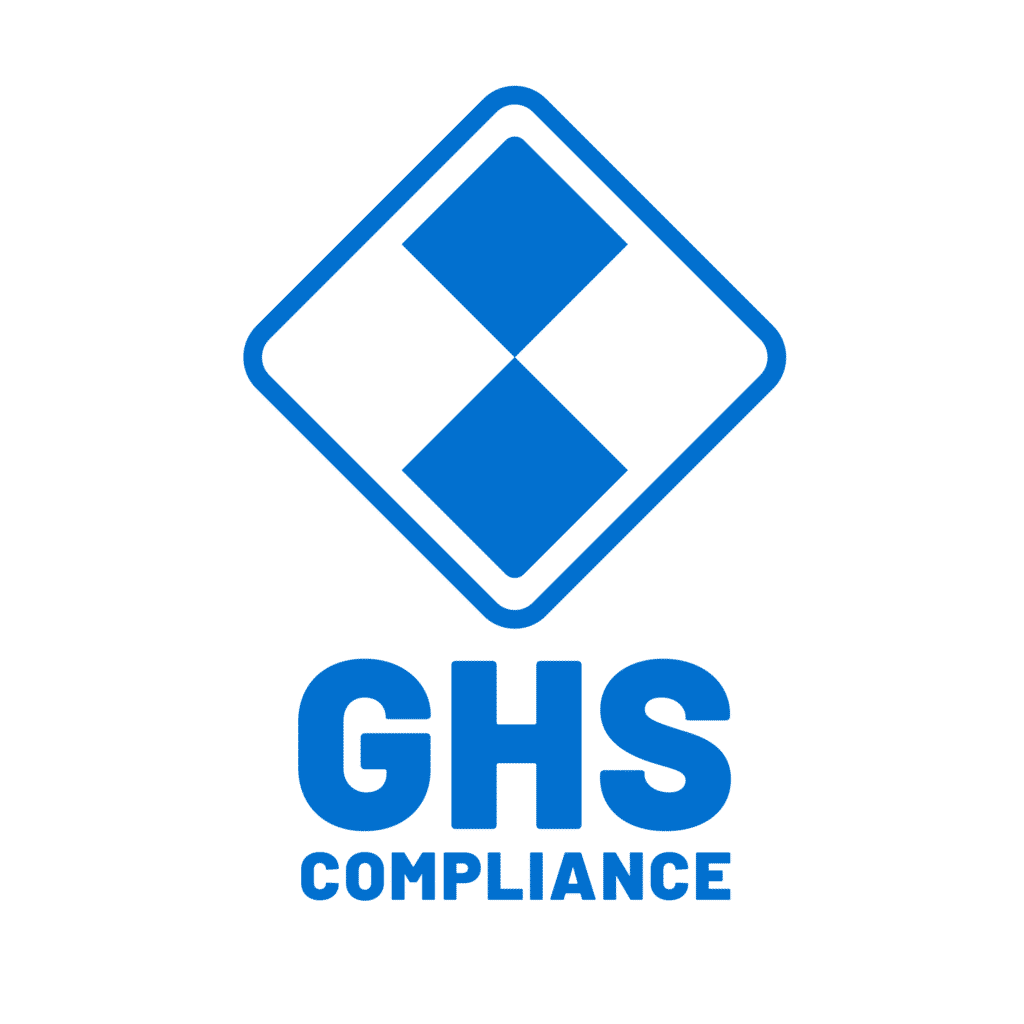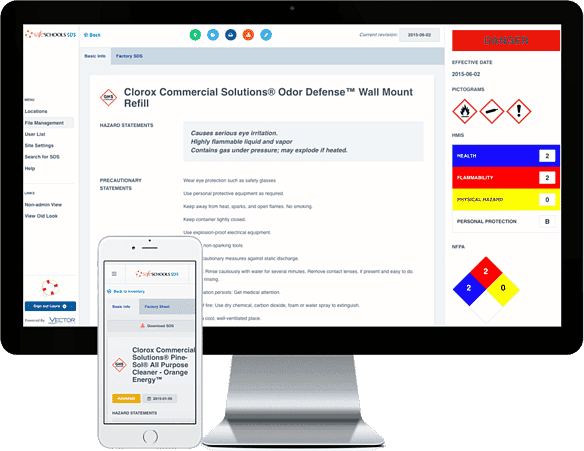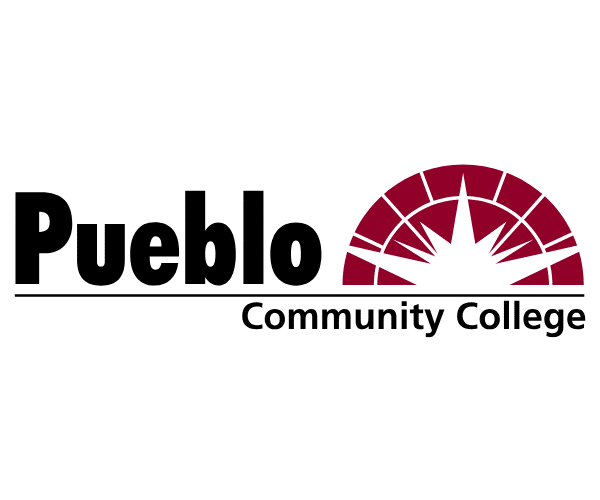January 7, 2021

GHS Compliance Guide
Industry:
Solution:

About GHS
The United States adopted the GHS in 2012 and OSHA's adoption is a revision of their Hazard Communication Standard (HCS) to align with the GHS. GHS-compliance mandates are in full effect for higher education institutions. All organizations with chemicals must be compliant with the HCS 2012 Chemical Classification Guidelines.
'Hazard Communication' was the second most cited OSHA violation in 2017 - it's crucial that campus administration fully understand and implement these policies for handling and storing chemicals on campus to avoid federal fines.
Key Focus Areas for GHS Compliance

-
Safety Data Sheets (SDSs)
-
Chemical Labels
-
Employee Training
GHS Terminology
To fully understand GHS and how to ensure your campus is compliant, it's important to make your campus officials well aware of the terminology used.
GHS - GHS stands for the Globally Harmonized System of Classification and Labelling of Chemicals. GHS defines and classifies the hazards of chemical products, and communicates health and safety information on labels and safety data sheets.
Material Safety Data Sheet (MSDS) - A Material Safety Data Sheet (MSDS) is a document that contains information on the potential hazards (health, fire, reactivity and environmental) and how to work safely with the chemical product. Many MSDSs have been or are being updated to Safety Data Sheets (SDS).
Safety Data Sheet (SDS) - A Safety Data Sheet (SDS) includes information such as the properties of each chemical; the physical, health, and environmental health hazards; protective measures; and safety precautions for handling, storing, and transporting the chemical.
OSHA - The Federal Occupational Safety and Health Administration or the State agency responsible under a Plan approved under Section 18 of the Act for the enforcement of occupational safety and health standards in that State.
GHS Requirements
Safety Data Sheets (SDSs)
The GHS uses Safety Data Sheets (SDSs) instead of Material Safety Data Sheets (MSDSs) - if your campus has not already begun this process, it should carefully begin capturing SDSs and populating them into a library. Any employee that handles chemicals on campus should have immediate access to this library.
SDSs follow a standardized format which provides important chemical and safety information. Any purchased chemical should have a SDS provided by the manufacturer.
Typically, a chemical SDS will provide essential information that outlines the dangers involved in handling, transporting, consuming, combining, storing, and disposing of the chemical.
Most importantly, the sheet will provide vital first aid information to first responders and physicians, along with emergency contact numbers.
Chemical Labels
All chemicals will have to follow a different labeling format than before. From this point forward, each chemical must have the appropriate pictograms displayed on it. Chemical labels will have six standardized elements that include specific language depending upon chemical classification.
Pictograms are small illustrations, specific to a hazard, enclosed in a red-bordered diamond.
Employee Training
As you begin to prioritize complying with the new OSHA guidelines, it's important to establish an employee training program on GHS guidelines. Employees are often the first line of defense in handling and storing chemicals - if a situation occurs where a chemical is mishandled, their immediate actions are crucial.
Institutions need to train employees on any newly discovered hazards listed on safety data sheets and/or labels. This training will make them aware of additional dangers and procedures to follow if contact with the chemical is made. Also, employees should have a solid understanding of the new GHS pictograms and be able to explain what each means.
Remember as you begin to adopt these new guidelines that you don't forget to train employees on both formats of chemical classification - MSDSs and SDSs. There will be a mix of both formats in your library as you begin populating it with SDSs - it's essential employees know how to utilize both in case of an emergency.
For more information, please check out OSHA's resources here.
Here's How Vector Solutions Can Help
Better manage your SDS and chemical inventory online through our GHS-compliant SDS & Chemical Management Platform and keep faculty, staff, and students safe while handling and storing chemicals safely, inform users of possible hazards, and avoid OSHA-related fines.

Vector SDS & Chemical Management - safely manage and organize your institution's entire SDS and chemical inventory online, which can quickly be accessed by faculty, staff, and students at a moment's notice. With intuitive built-in features, users have access to:
- Extensive SDS library (10,000+)
- Powerful search capabilities
- Support materials
- And, much more
Related Resources

Vector Solutions Raises the Bar for College Student Well-Being with Reimagined Alcohol and Healthy Relationship Education
May 8 2025

Pueblo Community College Works with Vector Solutions to Support a Safe Campus for All Students
May 6 2025

Best Practices Guide to Building a Coalition to Support Hazing Prevention
April 27 2025
Explore our software solutions designed to help your organization succeed
Request a Demo



